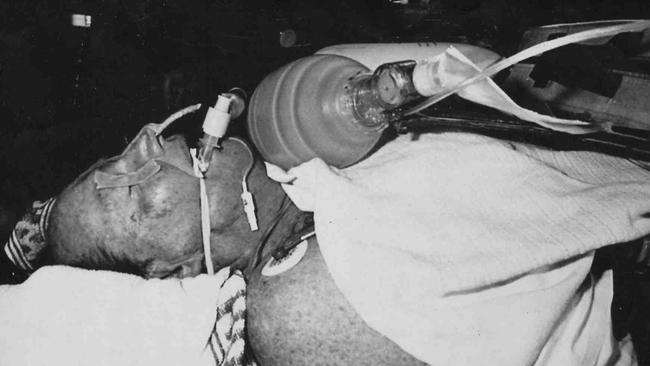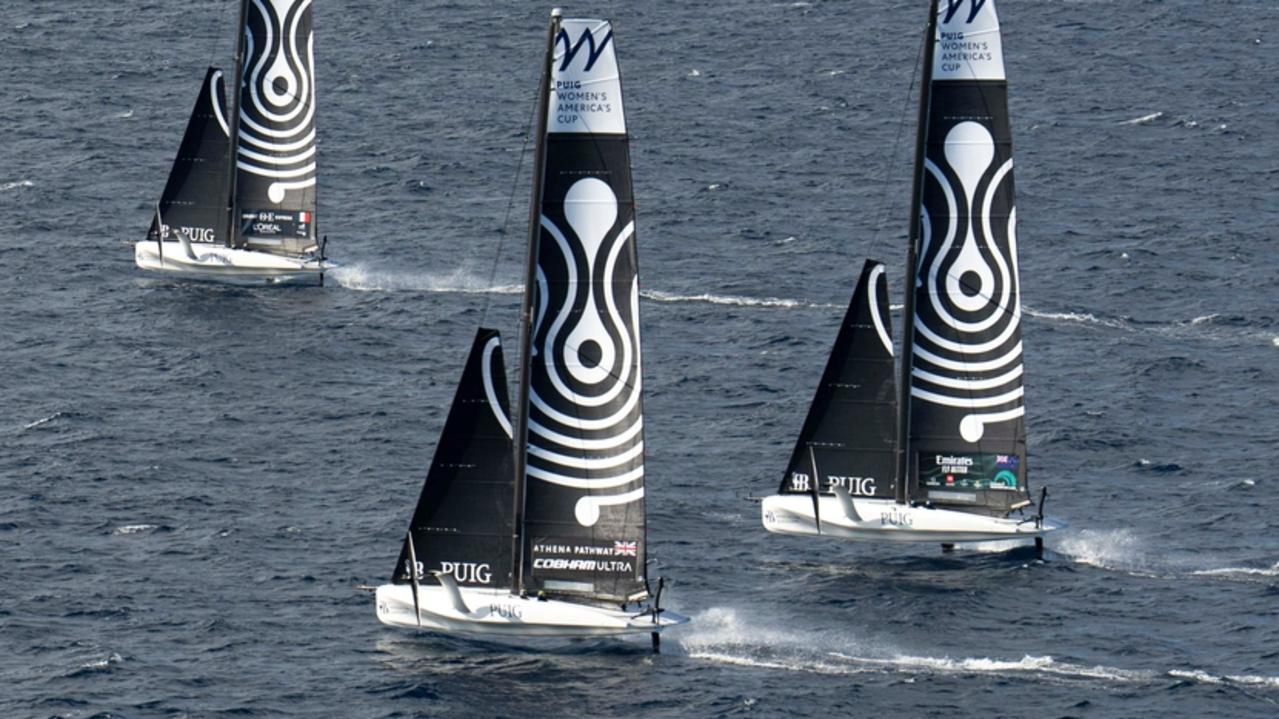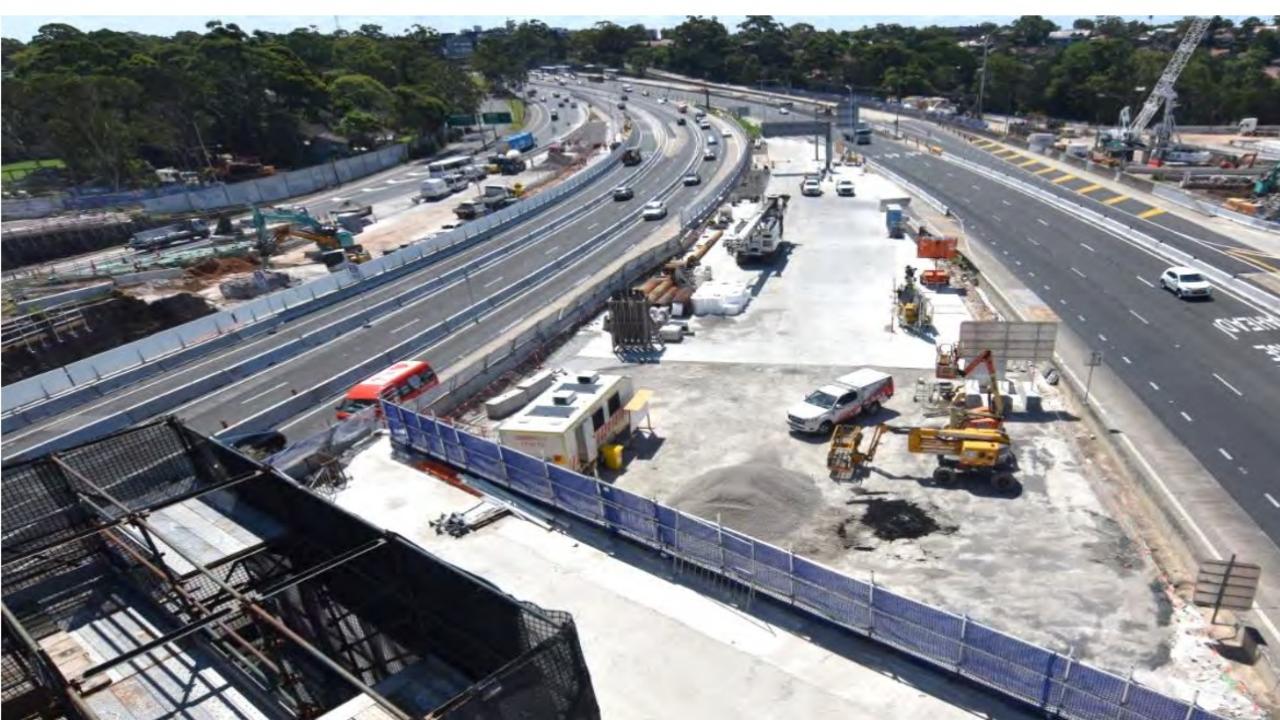NSW government to start funding lifesaving organ donor flights
For 35 years, private jets, funded entirely through private donations from the Packer family, have flown beating hearts across the country to be used in lifesaving transplants. Now the NSW government has stepped in and start funding as well.

NSW
Don't miss out on the headlines from NSW. Followed categories will be added to My News.
For 35 years, private jets have flown beating hearts across the country to be used in lifesaving transplants at St Vincent’s Hospital.
But these delicate missions, calculated with military precision, have always survived on life support, funded entirely through private donations from the Packer family.
Now the NSW government has agreed to step in and start funding the service, relieving the pressure on the hospital and its dedicated philanthropists.
From July 1, NSW Health will fund the long-distance retrievals, bringing the service in line with mainstream care.

MORE SUNDAY TELEGRAPH NEWS
RAY HADLEY AND 2GB ROCKED BY NEW BULLYING CLAIMS
JESUS CHRIST! CAN SOMEONE TURN OFF THE LIGHTS
STAR RATING ‘TRICKS’ PARENTS INTO BUYING SUGARY TREATS
Organ retrieval isn’t cheap — a round trip can cost between $10,000 and $20,000, depending on the distance of the pick-up.
Usually a middle-of-the-night affair, the transplants require extraordinary co-ordination between standby teams in multiple states, along with the pilots, surgeons, nurses, anaesthetists and the fortunate recipient.
The surgery often starts before the plane has even landed, to ensure no seconds are wasted.
Professor Michael Feneley, Director of the Heart Lung Clinical Stream at St Vincent’s Hospital, said: “For all those years, the Packer family has been paying to fly our organs all around the place, which is an extraordinary gift and a very practical gift.”


Between 25 and 30 heart transplants are performed each year at the hospital, along with about 60 lung transplants.
Prof Feneley said: “We’re very grateful to the Packer family for supporting our program and we are also very pleased that the NSW government has undertaken to support the transportation and retrieval costs.”
A NSW Health spokeswoman said: “We are pleased to work with our colleagues at St Vincent’s to achieve some of the best clinical outcomes in the world for our community.”
Started in 1984, the program was originally funded by media mogul Kerry Packer because of his close friendship with gifted heart surgeon Dr Victor Chang.

Mr Packer kept his Lear jet on standby to pick up hearts and lungs requiring transport to the hospital but later began funding charter flights when demand picked up.
The first heart arrived from Brisbane and was fitted by Dr Chang into the chest of 14-year-old Fiona Coote, then the youngest transplant recipient in the country. Mr Packer’s family has continued to fund these charter flights since his death in 2005.
“Kerry was incredibly private about his generosity to countless charities, organisations and people,” his wife Ros said.
“He supported the St Vincent’s Heart Lung Transplant Unit by ensuring it had the physical and financial resources to transport organs by air around the country.”

Donor hearts used to come mostly from patients who had been declared brain dead, meaning their hearts were still beating in their chests.
But since 2014 the hospital has been transporting hearts that have stopped circulating, reanimating them outside the donor’s body using a portable box called the Organ Care System, known colloquially as a Heart in a Box.
Professor Feneley described the technology as “game-changing” and said it had increased the number of transplants — and sometimes transports — being conducted at the hospital.
“St Vincent’s has transported hundreds and hundreds of donor hearts and donor lungs to save hundreds and hundreds of lives,” Professor Feneley said.
“It was that sensible, problem-solving streak in Kerry Packer that made the whole thing work.”
Originally published as NSW government to start funding lifesaving organ donor flights


